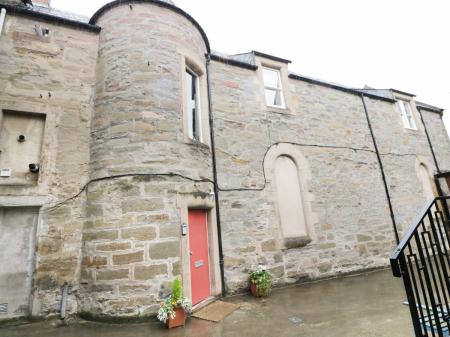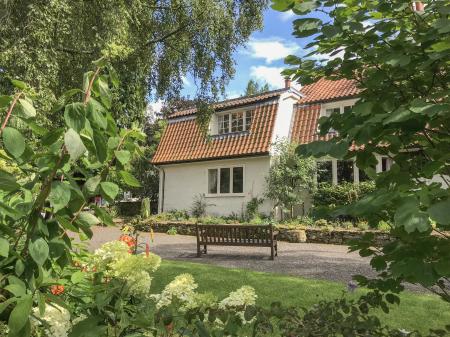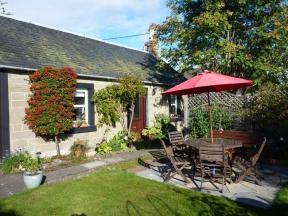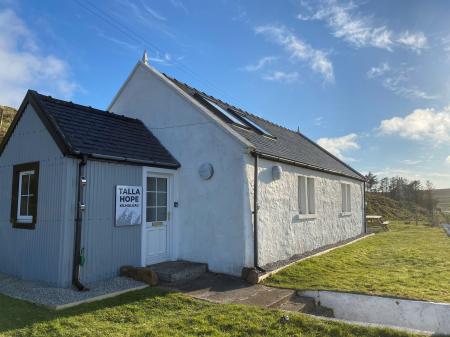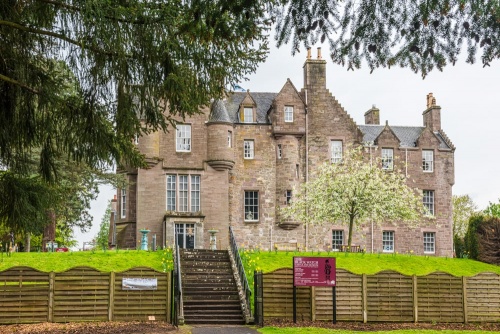
The Black Watch Regiment
The 3rd Battalion, Royal Regiment of Scotland is more commonly known as the Black Watch. No one knows how the name evolved, but the regiment can trace its history back to the aftermath of the First Jacobite Rebellion of 1715.
In 1725 General George Wade was authorised to create six new 'watch' companies to help control the turbulent Highlands. The new 'watch' was popularly known as 'Am Freiceadan Dubh' which translates loosely as 'the dark watch' or 'the black watch'. The original uniform was a twelve-yard-long plaid in a dark tartan pattern, now called the Black Watch tartan.
The regiment was first posted overseas in 1743, and the first battle they took part in was the Battle of Fontenoy in 1745. In 1881 it adopted the motto 'Nemo me impune lacessit' (No-one provokes me with impunity), the same motto used by the Stewart monarchs of Scotland.
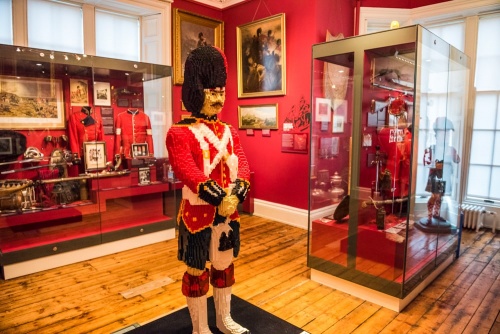
Balhousie Castle
The castellated mansion of Balhousie House dates to 1631, though it may incorporate parts of a much older medieval building. It was used as the seat of the Earls of Kinnoull. In the early 19th century the house was almost completely rebuilt and then remodelled in Scottish Baronial style in 1862. The only original part of the current building are sections of rubble wall to the east of the castle.
In 1962 the castle became the regimental headquarters for the Black Watch and was used to house the regimental museum. The regimental trustees purchased Balhousie Castle in 2009 to provide a permanent hoe for the museum and regimental archives.
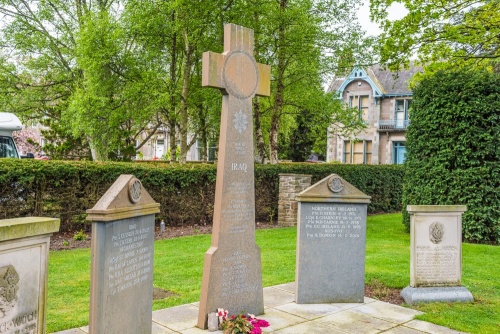
The Museum
This modern museum explores the history of Scotland's oldest Highland regiment. Here you will enjoy objects from the earliest days of the regiment through to recent conflicts in Afghanistan and Iraq. There are historic uniforms, weapons, old photographs, medals, military equipment, paintings, even diaries to explore.
The museum is divided into 7 history galleries, tracing the history of the Black Watch in chronological order, and 5 themed galleries. The history galleries are:
- Early Years 1725-45
- French Wars 1745-1815
- Empire 1815-1914
- First World War 1914-1919
- Second World War 1939-45
- Post-War 1945-present
The history galleries are followed by themed galleries covering daily life, medals, Sons of the Black Watch, the connection between the regiment and the royal family, and a poignant Remembrance gallery.
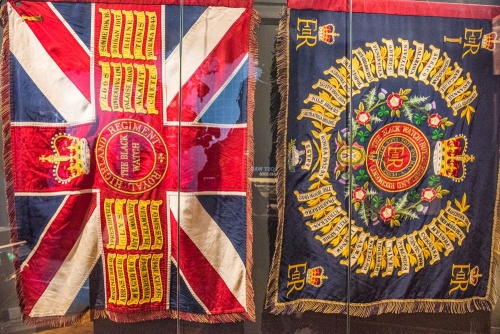
There is a huge collection of historical objects, from jewellery to sculpture, prints, glassware, weapons, flags, banners, badges, insignia, furniture, even musical instruments. See sporrans, kilts, and feather bonnets.
The museum is open daily throughout the year, and there is an admission charge. Visitors can also opt for a special guided tour, at an extra charge.
 We've 'tagged' this attraction information to help you find related historic attractions and learn more about major time periods mentioned.
We've 'tagged' this attraction information to help you find related historic attractions and learn more about major time periods mentioned.